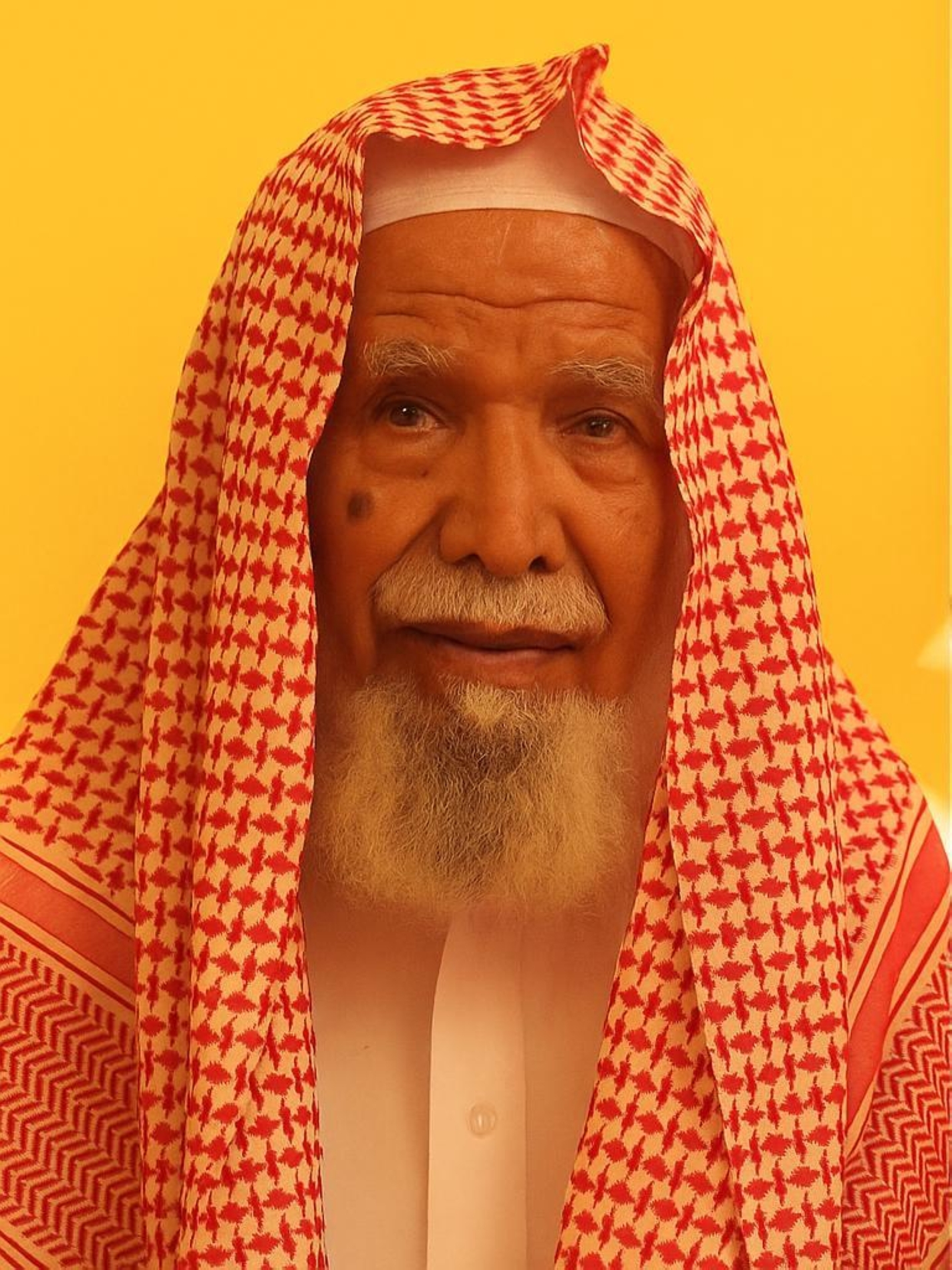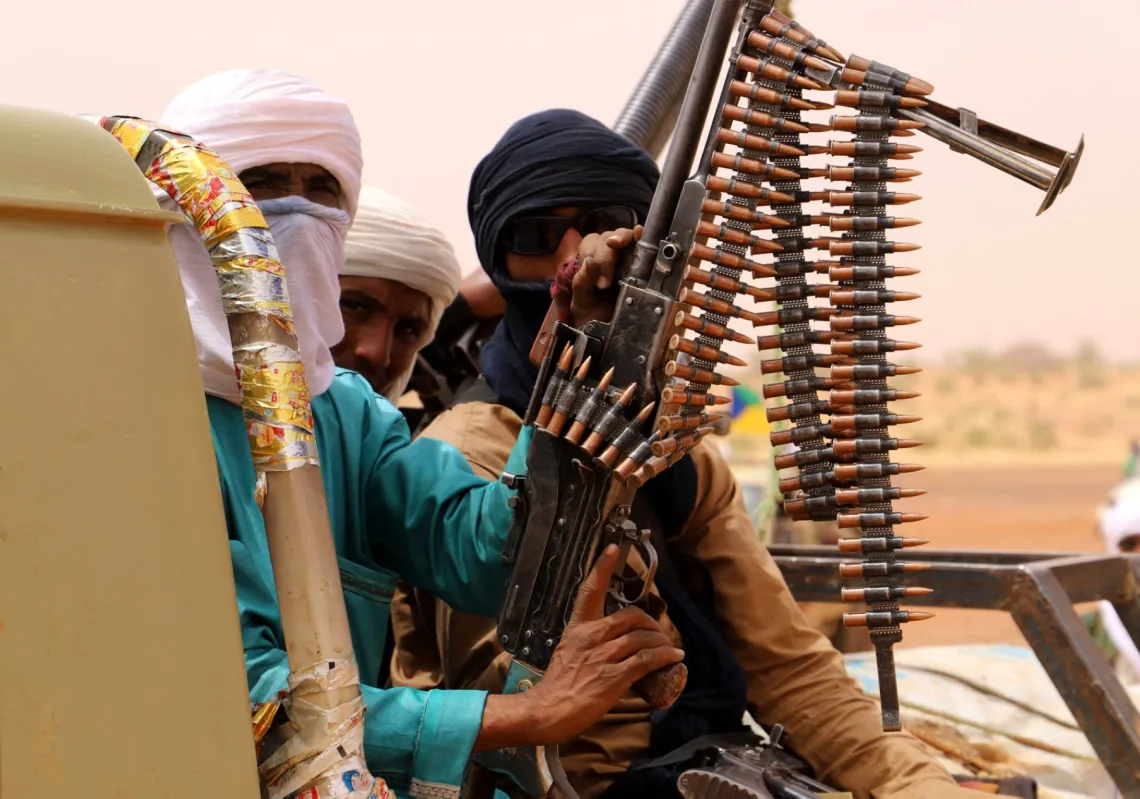When Saudi sheikh, author, and traveller Mohammed bin Nasser Al-Aboudi died in 2022, he was in his mid-90s and had been garlanded extensively for his achievements. A new travel account, published posthumously, offers a notable addition to the rich legacy of Arabic travel literature.
Titled "Journey of Long Distances," published by Dar Al-Jadawel and written in al-Aboudi’s own hand, it covers his forays in South America and Australia in the 1970s, just two of the many places he visited, chronicling his experiences through firsthand encounters with diverse lands and societies.
Wherever he went, al-Aboudi was interested in the conditions of Muslims. From Poland to Patani, Bukhara to Brunei, he met with institutional leaders, documented their social and religious circumstances, and offered detailed accounts of daily life and human experiences that would engage readers interested in other cultures.
Born to travel
Schooled in the Qu’ran, al-Aboudi worked first as a teacher, then as director of the Scientific Institute in Buraidah, before becoming the director of the Islamic University of Medina, and Assistant Secretary-General of the Muslim World League. In these positions, he travelled extensively, making observations as he went. Eventually, he published more than 160 books, most of which were on travel (his other passions were language and cultural heritage).

Journey of Long Distances began in Riyadh and continued to Paris, then Rio de Janeiro, Brasília, São Paulo, Paraná, and several cities in Rio Grande do Sul and Santa Catarina. Departing from Porto Alegre, Brazil’s southernmost major city, he travelled to Buenos Aires in Argentina, then Caracas in Venezuela, before continuing to Mexico, documenting temples and ruins, festivals, customs, roads, and people. After that, he headed north to Los Angeles, before a 14-hour flight to Sydney. After touring Australia, he returned to Riyadh via Singapore and Bangkok.
Throughout this marathon journey, al-Aboudi was more like a field researcher, with a geographer’s perspective and an anthropologist’s insight. By documenting the lives of Arabs and Muslims and engaging with their institutions, he created a rich ethnographic record of daily life, rituals, and social practices, comparing these communities with their Arab Islamic counterparts and examining how they adapt to their cultural surroundings.
He paid particular attention to the construction of mosques, the establishment of local Islamic associations, and how diplomatic missions support these initiatives. In this way, al-Aboudi’s travel literature served as a cultural and ethnographic bridge, documenting customs, rituals, language, and social relations, comparing cultures to identify traits both shared and different.
Geography and identity
Journey of Long Distances follows a similar format, with al-Aboudi writing about cities, rituals, the roles of mosques and associations, the interaction between Muslim minorities and non-Muslim majorities, and the influence of geography on cultural identity, the landscapes and social practices of South America. His knowledge of the Spanish language allowed him to capture various aspects of daily life.










